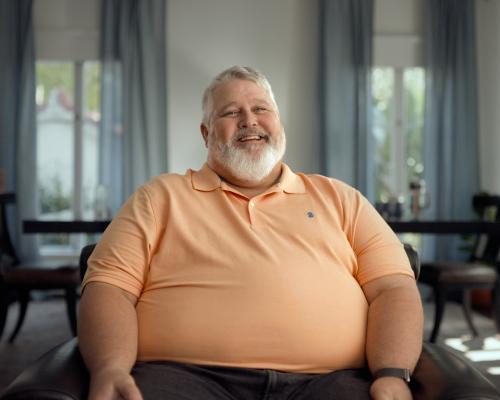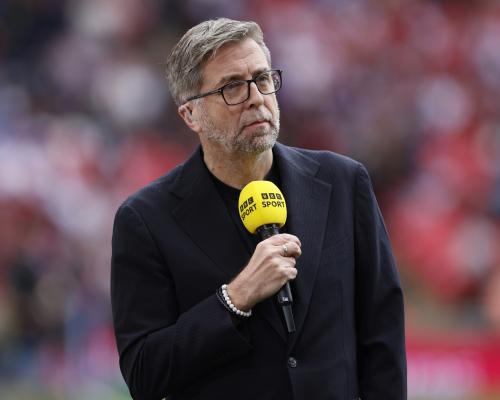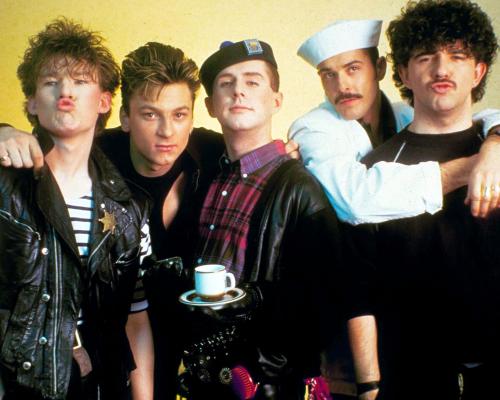
The mid-2000s were a peculiar time in television. After the dubious 90s innovations of Jerry Springer in the US were followed by the UK launch of Big Brother, it was clear that using the travails of so-called ordinary people as fuel for small-screen entertainment was an idea with legs. There was a mini goldrush of sorts as programme makers realised that conflict, extremity and dysfunction would always sell – and that any human-interest subject could be shoehorned into some version of reality TV.
In Britain, ITV’s The Jeremy Kyle Show began casting its malign spell in 2005. In the US, something similarly queasy (and enduring) had arrived a year earlier in the shape of NBC’s weight loss bootcamp-meets-bearpit, The Biggest Loser, which took contestants living with obesity then belittled them with humiliating tasks such as moving food from one place to another using only their teeth. It deployed fitness coaches to scream abuse in their faces, and weighed them in front of a studio audience. For the series winner, there was, in addition to a newly slimline body, a large cash prize.
The first former contestant we meet in this three-part documentary about the show is season eight winner Danny Cahill. Danny does not look like someone who has lost large amounts of weight. This is an intimation of trouble ahead. Could it be that losing weight over a recklessly short period of time is not a sustainable way of combating obesity? Might it even be dangerous? Quite possibly. We’re told that a high percentage of former contestants who later took part in a New York Times study put much of their weight back on after the show. And the study suggested the programme’s hothouse methods caused people’s metabolisms to slow, making them less able to process food quickly.
How about aftercare? The Biggest Loser simply didn’t bother with it, as the producers openly admit. In the context of the stories in Fit for TV, that feels unforgivable. For season one winner Ryan Benson, weight loss quickly became a means to an end. “I lost all focus on getting healthy,” he says. “It was about winning.” Shortly after the final episode, blood was found in his urine. It was around that time that he was congratulated (after a fashion) by one of the show’s two fitness trainers, the permanently snarling Jillian Michaels. “Ryan, you just made me a millionaire,” she apparently said.
Michaels declined to be interviewed for this series, which is a shame from a journalistic point of view but a relief in every other way. The show’s other gym beast, Bob Harper, does front up. He is fairly forthright in his defence of the show, claiming that many people were helped – although his habit of lifting his small dog on to his lap when difficult subjects arise feels revealing. He also manages, in four throwaway words, to make a watertight case against the show. “Everyone knows it’s diet,” he says, when discussing sustainable weight loss strategies. What offhand disdain for viewers and participants is contained in that short sentence. Everyone here is being taken for a mug. Because when it comes to the creation of TV, what use is a diet? Watching people not eating doughnuts and burgers is no fun. Can’t we push them until they vomit instead?
The author and podcaster Aubrey Gordon, who has written and spoken extensively about weight-related issues, pinpoints the crucial problem. The Biggest Loser wanted to have its calorific cake and eat it. It encouraged participants to trust the process and then misled them at every turn. “The show was trying to do deep emotional work,” she says. “But it didn’t want to have people who were credentialed to do it.” And so, she suggests that the trainers became pseudo-therapists as well as drill sergeants. They were both carrot and stick. Ultimately, the documentary claims that they simply couldn’t be trusted, as evinced in their giving contestants caffeine pills to stimulate energy and suppress appetite, even as the programme’s resident medic was telling them not to drink coffee.
Perhaps fittingly, this documentary feels somewhat frantic in places – it’s as jittery and frenetic as a caffeine-fuelled workout. It would probably have benefited from fewer voices, a little more analysis and a clearer narrative through-line. However, the stories it tells are powerful enough to stick in the memory, as warnings from recent history. As the age of truly nasty reality TV passes (for now), documentaries about these kinds of shows are starting to feel like their own microgenre, with their own tropes. As with earlier series about Jerry Springer (on Netflix) and Jeremy Kyle (on Channel 4), there is a limited, grudging mea culpa or two. There is also plenty of buck-passing. There are obvious villains and equally obvious victims. And somewhere at the back of it all is a sense that, even at this point, it’s all in the game. For now, TV’s appetite for extremity has taken a back seat to its willingness to acknowledge duty of care. This may not always be the case.
• Fit for TV: The Reality of the Biggest Loser is on Netflix.






